Posts Tagged ‘buggers’
{{start}}
{{end}}
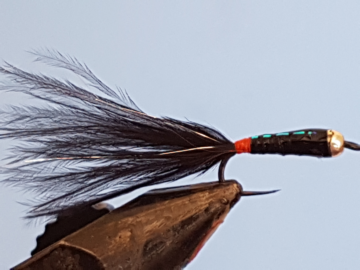
{{+1}}Black epoxy bugger – silver TBH, UV spine & red butt{{-1}}
{{start}}
This fly is my take on one of the flies that was promoted by our 2018 Northern Ireland Commonwealth Fly Fishing Championships team guild as being a productive fly for use in the lakes that we fished there. Because of the lack of body dressing and the epoxy body this fly sinks quickly and apparently is great option for stocked rainbows in particular.{{end}}
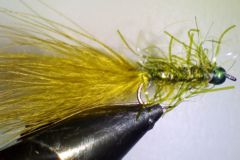
{{+1}}Straggle fritz bugger{{-1}}
{{start}}
'I switched to a slime line and put a Black Straggle Fritz Taddy on the point, kept the Damsel on the dropper and, due to the weed, discarded the top dropper completely. At the end of one retrieve I had a cracking take on the hang and bullied a near 5lb rainbow into the net.'{{end}}

{{+1}}Marabou mudler{{-1}}
{{start}}
In the late 1880's a Bavarian immigrant to America tied a fly because worsening arthritis meant that he could no longer collect live minnows for bait. The fly was a Muddler Minnow and its variants are as relevant today as when it was first tied. Whilst the original and many of the variants continue to be great bait fish imitations many of the variants also have other applications.{{end}}
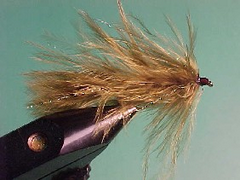
{{+1}}Leech{{-1}}
{{start}}
The general form is similar they have bodies that are not segmented and are around 30 mm long when contracted and up to 80 mm when extended. Colors range from black through to olives and browns. I tie this fly in dark olive only and use it not only as a leech pattern but also for use when trout are on daphnia or when there may be olive damsel nymphs about.{{end}}
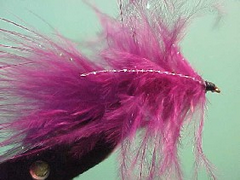
{{+1}}Daffy{{-1}}
{{start}}
This Daphnia fly is designed to represent a cloud of Daphnia. Because it has heaps of body movement when twitched it is also a good prospecting fly in its original olive colour or other colours even when Daphnia are not present.{{end}}
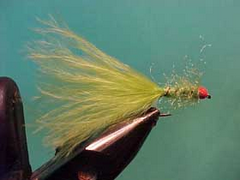
{{+1}}Fuzzel buggers{{-1}}
{{start}}
The finished fly has a sort of "halo" of loose fibres around the fuzzeled part of the fly and this can be very effective. I tie two versions. The first has no hackle and the second incorporates a soft hackle just behind the bead if a bead is incorporated in the tie but otherwise behind the eye of the hook. Both work well in different situations.{{end}}
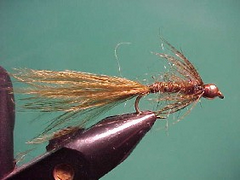
{{+1}}Damsel bugger{{-1}}
{{start}}
This fly is a variation on the standard Woolly Bugger theme. It's thinner than standard woolly buggers and the palmered hackle has been replaced with a fuzzeled thorax and body and just a front hackle. Because of its size it works well both on the point and bob.{{end}}













